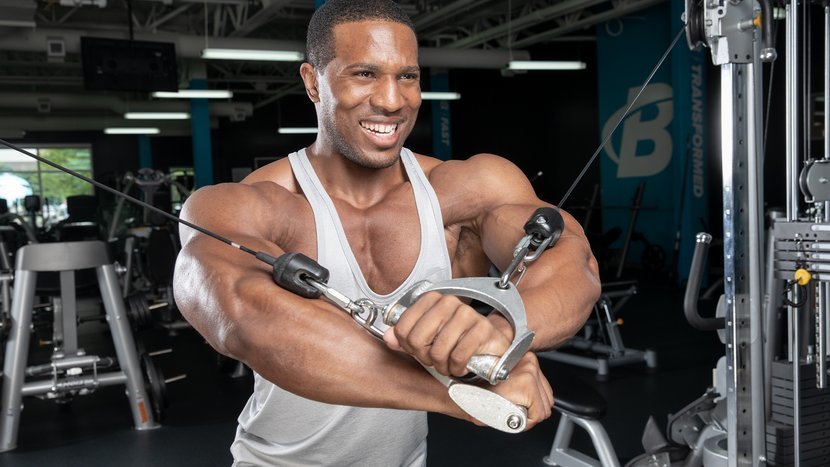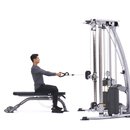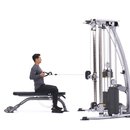Thirty-year-old MuscleTech brand ambassador Lawrence Ballenger's workouts are known to be absolutely relentless, and his brutal mass-building back regimen is no exception. It's a gauntlet of nine exercises with a set and rep scheme designed to deliver maximum shock, for maximum growth.
"It's so tough that when you're finished, there's no way you'll need to do your back again for another week," chuckles the Chicago-based lifter.
The two-part routine begins with a focus on increasing overall thickness through the lats and mid to upper back, then shifts its focus to improving overall width.
"I always recommend doing it in this order," says the 6-foot, 250-pound Ballenger. "A lot of people don't have a problem getting extra width in their back, but plenty don't have that 3D effect from the side or the rear. Concentrating first on moves that add thickness gives you a fuller appearance."
Check out his step-by-step routine to build a back that's impressive from all angles.

BodyFit
$6.99/month- 2,500+ expert-created single workouts
- 3,500+ how-to exercise videos
- Detailed workout instruction
- Step-by-step workout tips
- Training at gym or at home
- Access to Workout Plans
- Access to Bodyfit App
- Store Discounts
Already have a Bodybuilding.com account with BodyFit? Sign In

What comes with BodyFit?

- Instructional Videos
Don't risk doing a workout improperly! Avoid injury and keep your form in check with in-depth instructional videos.

- How-to Images
View our enormous library of workout photos and see exactly how each exercise should be done before you give it a shot.

- Step-by-Step Instructions
Quickly read through our step-by-step directions to ensure you're doing each workout correctly the first time, every time.
Technique Tips
Close-Grip Seated Cable Row
"For the warm-ups, I'm using a light weight and focusing on bringing my shoulder blades together while getting a good squeeze," Ballenger explains. "Most people forget to actively contract their scapulae. Try to pinch them together like there's a pencil you're trying to hold back there. Sometimes I'll have a partner put a finger on my spine as a cue. Think about the rep as two parts: first, bringing the shoulder blades closer together, and then pulling back with your elbows, keeping your arms tucked tight at your sides."
During the working sets, Ballenger is pyramiding up the weight, while also making sure to maintain his body positioning to get the most out of the movement.
"I lean back slightly so my torso isn't at a 90-degree angle to the floor, but more like 70-80 degrees. That way, I'm not putting so much tension on my spinal erectors that they'll burn out too early."
One-Arm Barbell Landmine Row (AKA Meadows Row)
These bad boys—a favorite of their namesake, IFBB pro and Mountain Dog founder John Meadows—are performed using a barbell slid into a landmine on one end. If your gym doesn't have that apparatus, place the empty end of the barbell in a corner or use a T-bar rowing station.
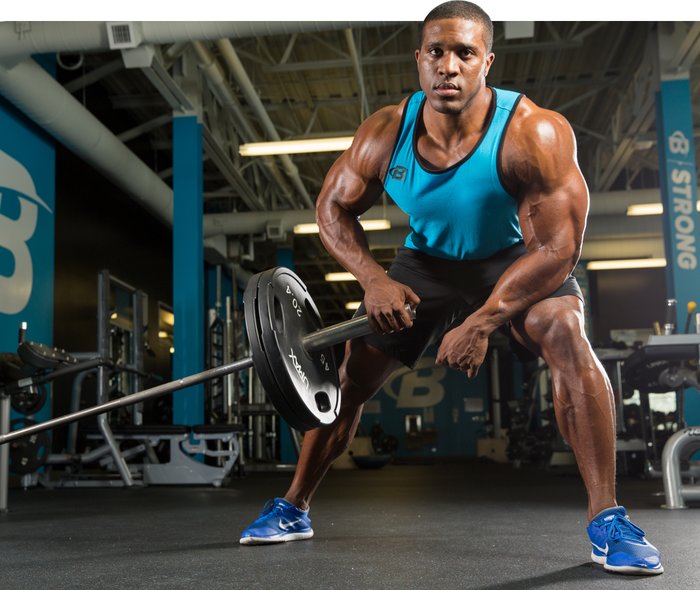
To get into position, Ballenger stands in front of the loaded end of the bar and turns so he is perpendicular to it, grabbing the end of the bar with a pronated (palms down) grip. He then bends at his hips so that his back is angled slightly higher than parallel to the floor, as if he were about to do a dumbbell row.
"These are like dumbbell rows, except I feel like I can add more weight, and the stretch is better," Ballenger says. "I start with one plate, grabbing the end of the bar with a strong grip. Then I row, bringing my elbow and shoulder blades back as my hand comes up toward my side. I'll keep my other forearm on the same-side thigh for balance."
He does 10 reps on one side, and then switches positions so he's facing the opposite direction for 10 reps with the other hand.
Each set, Ballenger slides a new plate onto the bar, and when he reaches a point when he can no longer do 10 reps—often, that happens at around five plates—he'll start working his way back down, one plate at a time.
"I'll do a set with four plates for 15 reps, then three for 20 reps, then two for 25, and finally one plate for 30," he says. "Each time I drop a plate, I add 5 reps."
Between each set on the way up and down, he limits his rest to no more than 45 seconds.
Bent-Over Barbell Row
"Barbell rows are my heavy movement for the day," Ballenger states. "I'll start at 225 for 8 reps, and then maybe do another set around 300 before going to the working weight of 375. From there, it's 4 sets of 5 reps each."
For those who may be wondering about pacing themselves at this point, Ballenger offers a stern warning.
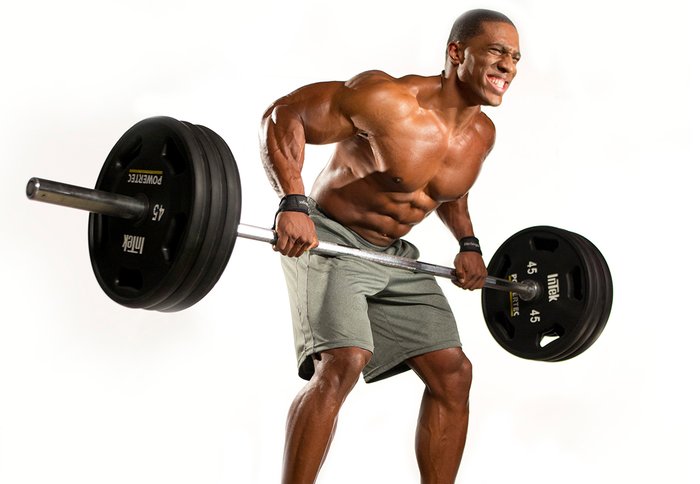
"People see how many exercises, sets and reps you have to do in this workout, and they'll try to save something for the end," he says. "But that's not the purpose. You might start off with the first exercise doing the full weight stack on seated rows, and by this third exercise, you're topping out at 245. It's not about the weight—it's about the intensity and focusing on giving it all you've got. As long as you're going all out in each exercise, you'll get exactly what you want out of your efforts."
One-Arm Dumbbell Row
This standard back-builder can be done with a knee and supporting arm on a flat bench or leaning against the dumbbell rack, if you prefer.
"At one of the gyms where I train, they have 150-pound dumbbells; at the other, they have 200-pounders," Ballenger says. "So whichever gym I end up in that day, I'll use the heaviest dumbbells they have for 4 sets of 20 reps each."
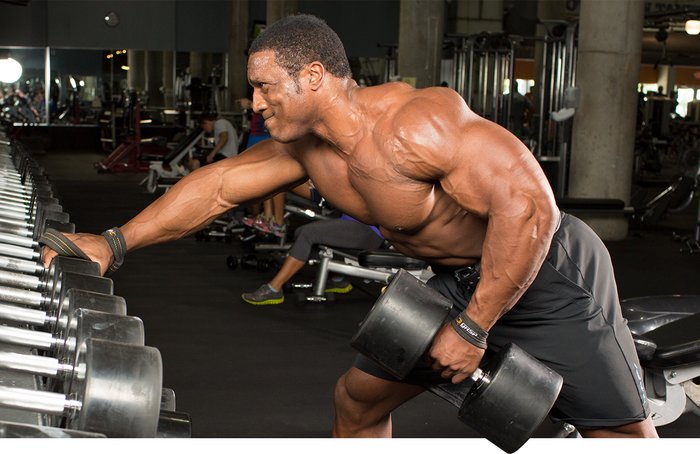
At this point, Ballenger admits, you might be pretty gassed. One thing that helps him and his training crew is an infusion of liquids and nutrients.
"I've got everyone I work out with on Cell Tech Hyper-Build now. It has electrolytes, creatine, leucine, taurine, and BCAAs in it, which can help push you through when it gets tough," he says.
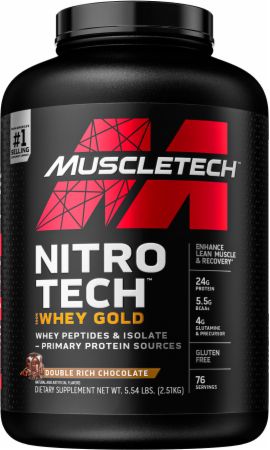
Hammer-Strength Pull-down or Seated Lat Pull-down
With the "thickness" aim of the workout in the books, it's time for moves that promote width. First up is either the Hammer-Strength pull-down machine or the lat pull-down station, where you attach a V-grip handle to a cable and sit with your knees tucked under the pads.
"When doing the lat pull-down, I'll sit straight up and pull the handle all the way down to my upper chest," Ballenger says. "At that point, I pause for a count, squeezing my back and bringing my shoulder blades closer together. Then, I let the weight go slowly back up, focusing on the stretch from my spine out to the edges of my lats."
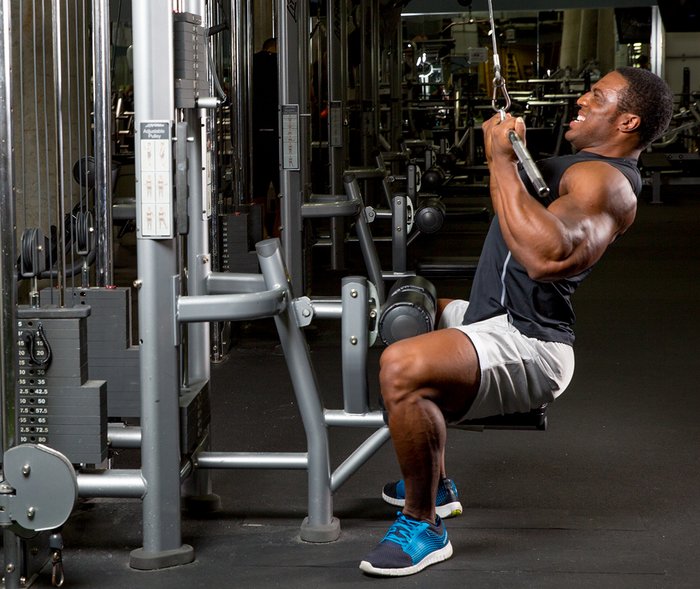
Wide-Grip Machine Row
For this movement, it's bombs away on your back with a devious, seemingly never-ending "cannonball set," a technique devised by Kyle Cavnar, a trainer from Destination Gym in Dallas who shared it with Ballenger.
Ballenger will find a cable machine with a selectorized weight stack where he can connect a wide-grip attachment. He prefers a standing version, if available, but a seated row station can work well, too.
"To do the cannonball, set it at a light weight and do 10 reps," he explains. "Then, quickly increase the weight by moving the pin down a plate or two—depending on how strong you are—and do another 10 reps. Keep going up 1-2 plates until you can't finish 10 reps. Once that happens, immediately drop the weight down to where you started and begin again.
"So, the first time, you may pyramid up from 20 pounds to 200, but the next time, you may top out at 160 before dropping back to 20. You keep going until you get to the point where you can't finish 10 clean reps when you go back down to the original 20 pounds."
The set can take 3-10 minutes, depending on your power and stamina.
"The idea is not to rest," Ballenger says. "Keep going. You're trying to put as much blood into the muscle as possible, and continue through as much pain as you can handle. The cannonball pushes you to your limits."
Of course, one isn't enough for Ballenger. He'll do this twice, resting in between for as long as it takes his partner to complete their own maniacal set.
Superset: Straight-Arm Cable Pull-down and Scapular Cable Row
Next up, Ballenger pairs straight-arm cable pull-downs with scapular rows, doing each for 4 sets of 50 reps.
"Scapular rows can be done from a standing or seated position, and with a wide-grip or close-grip attachment on the cable," he explains. "Instead of rowing by bending your elbows, keep your arms straight and just move your shoulders and shoulder blades, letting them shift forward for a full stretch before shifting your shoulders back to bring the blades as close to one another as you can."
Breaks between sets should be no longer than 60 seconds, or just long enough for your partner to complete their round.
Standing V-Grip Cable Row
"Depending on how many scoops of pre-workout I took, I might add this last exercise. It's so light that you're not doing much, but you'll take a V-grip and attach it to a lower cable pulley and do cable rows," Ballenger says.
"The first part of the motion is to retract your shoulder blades, then pull your elbows in until the handle reaches your abdomen," he continues. "Focus on stretching your lats and shoulder blades when your arms are at full extension. It doesn't matter how many reps you get—just try to force that last little bit of blood into your muscle and keep repping for 60 seconds."
Commit To Growth
So long as your biceps and forearms are fully recovered from their own sessions and thus don't become a hindrance, this workout can fall anywhere in your weekly training split.
Ballenger prefers to do it the day after pecs, because his shoulders tend to roll forward after a good chest day. Doing his back the day after his chest helps to straighten him out.
What nobody should do is mistake this regimen for anything other than what it is—an all-out mass grab.
"This isn't a 'get stronger' or 'refining' workout," Ballenger proclaims. "This is all about bulking up and getting a heavy pump. It's for anyone who wants a thick, semi-truck-sized back."


